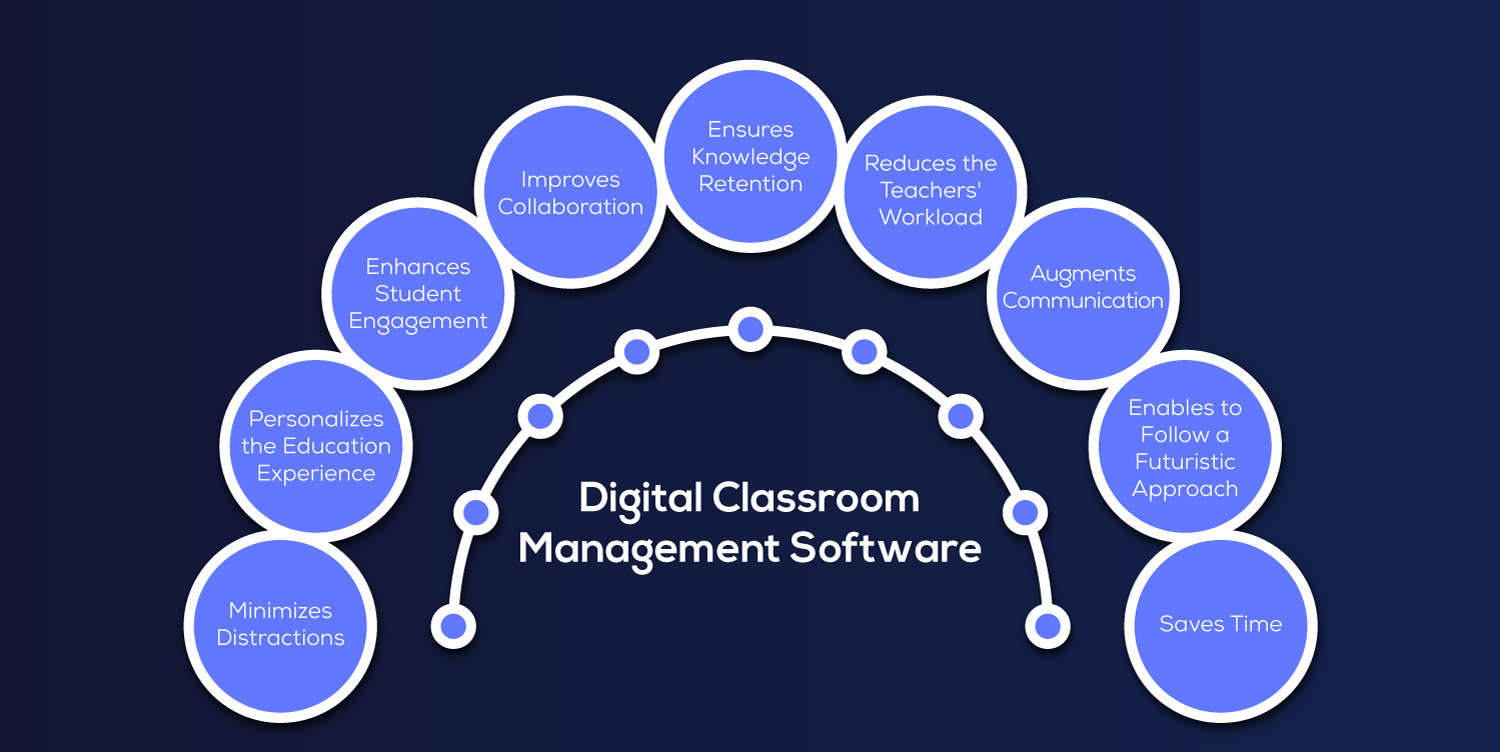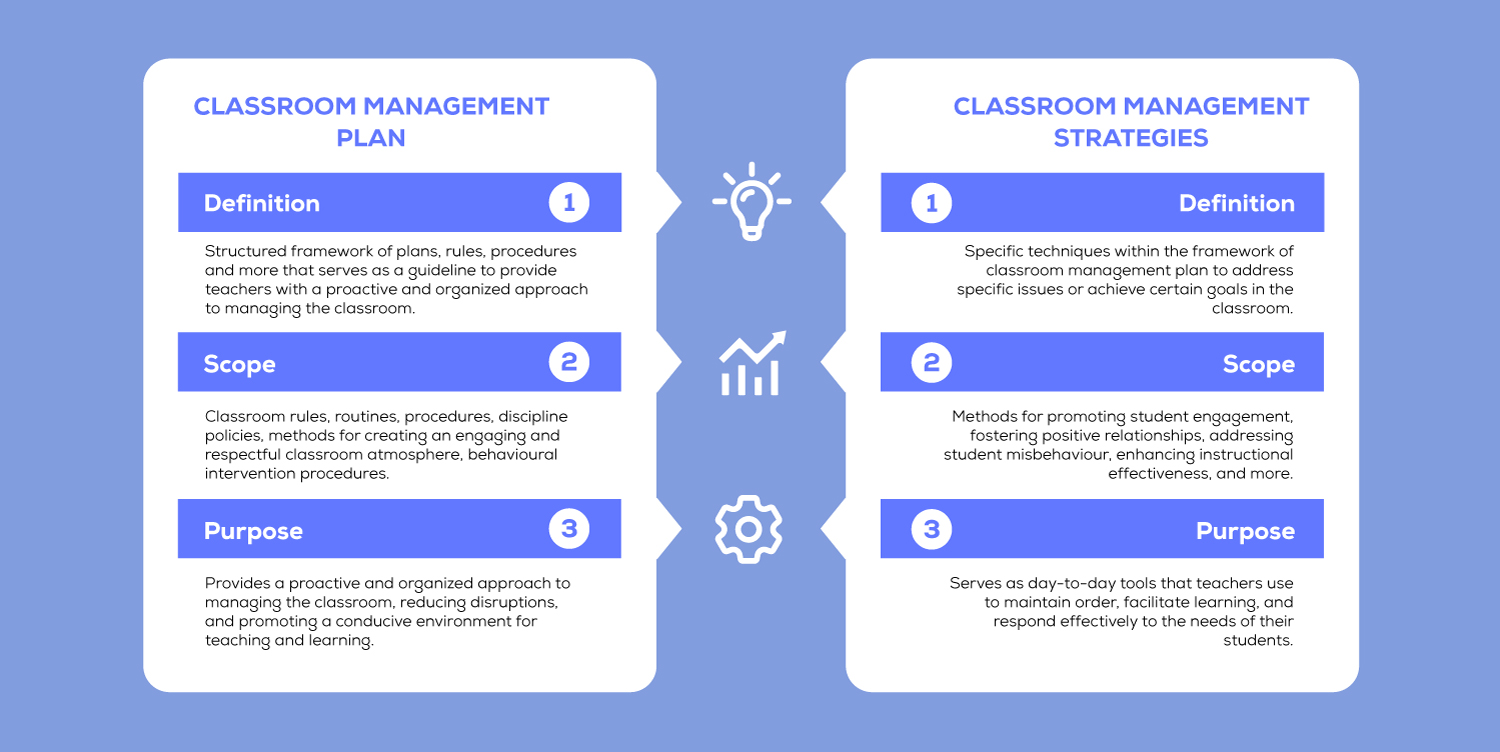Simplifying Classroom Management for Teachers
The educational landscape has undergone a significant and radical transformation, embracing diverse learning experiences that span formal, informal, and experiential training and development. The conventional notion of education is evolving, with employers increasingly prioritizing practical experience over formal degrees. Life skills such as grit and teamwork are gaining prominence, and performance-based credentials like competency badges and micro-certificates are replacing traditional transcripts. Once a significant marker of knowledge and skill, age is diminishing in importance.
These shifts reshape traditional career trajectories as age correlates with income and leadership potential. They also influence how we perceive employment and define our value as contributors to society. A collaborative effort across various disciplines, including IT, data science, psychology, and learning science, contributes a wealth of recommendations. Collectively, these recommendations outline the blueprint for the future learning ecosystem.
Amalgamation of advancements in science and technology serve as the alloy necessary for crafting optimized learning solutions. These solutions aim to enhance efficiency while expanding effectiveness in the evolving education landscape.
Effective classroom management is crucial for creating a positive and productive learning environment that caters to future workplace needs and requirements. Mastering effective classroom management that focuses on positive learning outcomes and personalized learning according to data analysis can be challenging for new teachers. Yet, it is essential for fostering student engagement and academic success. This scholarly article explores various strategies to simplify classroom management for novice educators, providing practical insights and evidence-based approaches to enhance their teaching experience.
In various contexts, management carries diverse interpretations that resonate differently with individuals. Often, it is perceived as a collective of like-minded individuals responsible for steering an organization towards its objectives. The management process involves coordinating available resources through planning, organizing, controlling, and leading to achieve set goals. Any individual tasked with planning, coordinating, organizing, directing, supervising, or addressing the needs of others is a manager.
In education, management takes the form of planning and coordinating all educational resources that enhance teaching and learning in a school. The teacher, acting as a classroom manager, shoulders the responsibility of directing and coordinating all classroom activities, irrespective of the diverse group of individuals with varying ideas present. This coordination aims to achieve the overarching educational goals.
Recognizing students’ diverse backgrounds, ideas, and characters, teachers are responsible for ensuring proper classroom management. The inherent challenges arise from the heterogeneity of students, contributing to the complexity of the teaching environment. Effective teaching and learning hinge on effective classroom management.
Teachers must use effective strategies and employ suitable digital classroom tools to navigate these challenges successfully. This proactive approach is indispensable for fostering an environment conducive to effective and smooth teaching and learning experiences. Adopting the right leadership style and utilizing appropriate tools becomes essential for educators striving to create an atmosphere that promotes positive classroom behaviour and facilitates a productive teaching-learning process.
Simplifying Classroom Management:
Incorporating technological tools for classroom management simplifies classroom management in several impactful ways. Let’s elucidate on these points:
Enhanced Teaching Methods:
- Interactive Learning: Smartboards and projectors allow teachers to present information interactively, making lessons dynamic and engaging. This interactive approach captures students’ attention and facilitates a deeper understanding of the content.
Efficient Information Processing:
- Record Management: Computers contribute to efficient record-keeping, lesson planning, and accessing online educational resources. It streamlines administrative tasks for teachers, allowing them to focus more on effective teaching strategies.
Improved Communication:
- Virtual Classes: Technologies like Skype learning enable teachers to conduct virtual classes, fostering communication and collaboration. It facilitates real-time interaction, timely feedback, and the creation of an open and connected learning environment.
Multimedia Learning:
- Rich Learning Experience: Multimedia elements, such as videos and interactive presentations, enhance the learning experience. These tools cater to diverse learning styles, making lessons more engaging and facilitating better comprehension.
Access to Global Resources:
- Global Perspectives: Internet facilities and educational apps grant students access to many global educational resources. This exposure broadens their perspectives, enriching their understanding of various subjects and topics.
Increased Student Engagement:
- Active Participation: Interactive tools like smartboards and educational apps transform students into active participants in the learning process. This increased engagement contributes to a more vibrant and participatory classroom atmosphere.
Flexibility in Learning:
- Personalized Learning: E-books, e-learning platforms, and educational apps offer flexibility in learning. Students can access educational materials at their own pace and convenience, promoting personalized learning experiences.
Assessment and Feedback:
- Efficient Assessment: Digital tools facilitate efficient assessment methods, including online quizzes and interactive assessments. Timely feedback provided through these tools streamlines the evaluation process.

Classroom Management Apps
Utilizing cutting-edge classroom management apps is a modern and efficient approach to monitoring and overseeing classroom activities. These applications are crucial in monitoring learning and engagement, planning better lessons with technology, driving learning outcomes, differentiating learning, maintaining discipline, preventing misconduct, and fostering a secure learning environment.
These tools empower teachers to proactively manage student behaviour, ensuring a focused and conducive atmosphere for learning.
Key functionalities of these apps include:
- Real-time monitoring.
- Enabling teachers to watch student interactions.
- Providing an opportunity for timely intervention.
By leveraging technology, educators can address issues promptly, creating a safer and more controlled educational space.
Classroom management is a multifaceted aspect of teaching that significantly influences the learning experience for both students and teachers. Educators often need help in establishing and maintaining a well-managed classroom. To help teachers simplify classroom management through practical strategies, drawing on existing research and best practices, here is a simple guideline:
Understanding Classroom Dynamics:
Before delving into management strategies, new teachers must understand the dynamics of their classrooms. Student demographics, individual learning styles, and diverse backgrounds can impact classroom behaviour. Observing and analyzing these dynamics lays the foundation for effective management.
Establishing Clear Expectations:
One key aspect of successful classroom management is establishing clear expectations. Communicating behavioural guidelines, academic standards, and classroom routines helps create a structured learning environment. New teachers should be explicit in their expectations, ensuring students understand the consequences of positive and negative behaviour.
Building Positive Relationships:
Developing positive relationships with students is a cornerstone of effective classroom management. By fostering a supportive and respectful atmosphere, teachers can create a sense of belonging for their students. Simple gestures such as learning students’ names, showing interest in their lives, and actively listening contribute to a positive classroom culture.
Implementing Proactive Strategies:
Proactive management strategies aim to prevent disruptive behaviour before it occurs. These may include implementing engaging and interactive lessons, incorporating students’ interests into the curriculum, and varying instructional methods to cater to diverse learning styles. Teachers can minimize potential behavioural issues by capturing students’ interest and involvement.
Utilizing Reinforcement and Consequences:
A balanced approach to reinforcement and consequences is essential for effective classroom management. Positive reinforcement, such as verbal praise and rewards, encourages desirable behaviour. Simultaneously, clear and consistent consequences for inappropriate behaviour help maintain a structured learning environment. The key is ensuring that all students understand the implications reasonably, proportionately, and equally.
Incorporating Technology and Innovative Tools:
Leveraging technology and innovative tools can simplify classroom management for new teachers. Online platforms, educational apps, and interactive software can enhance engagement, facilitate communication, and streamline administrative tasks. Additionally, incorporating these tools into lessons can captivate students’ interest and reduce the likelihood of disruptive behaviour.
Chronicle Cloud offers a comprehensive platform that seamlessly integrates classroom management, Lesson planning, Attendance, assessment, and Rubrics, consolidating these essential components into a unified system. This integration eliminates the need to maintain separate records and enhances efficiency in storing and accessing information. Chronicle Cloud boasts several advantages, including cross-device functionality across Android, iOS, and web platforms. Additionally, the platform facilitates synchronized data access across multiple devices, and the absence of an internet connection does not hinder the retrieval of stored information. Chronicle Cloud provides educators a streamlined and accessible solution to enhance their teaching experience.
Professional Development and Mentorship:
Continual professional development and mentorship are crucial in supporting new teachers in honing their classroom management skills. Workshops, seminars, and mentor-mentee relationships provide opportunities for ongoing learning, feedback, and the exchange of best practices. Collaboration with experienced colleagues can significantly contribute to a new teacher’s growth in managing their classroom effectively.
Reflection and Adaptation:
Regular reflection on teaching practices is integral to successful classroom management. New teachers should assess the effectiveness of their strategies, identify areas for improvement, and be willing to adapt their approaches based on student needs. Reflective practices contribute to continuous improvement and refinement of classroom management skills.
Conclusion:
Simplifying classroom management for educators is a dynamic and evolving process that demands a multifaceted approach encompassing understanding, proactive strategies, and continuous professional development. Educators, equipped with the knowledge of establishing clear expectations, fostering positive relationships, leveraging innovative tools, and engaging in reflective practices, can shape a learning environment conducive to academic achievement and personal growth for their students.
Moreover, integrating technological equipment into the classroom simplifies classroom management and heralds a revolution in traditional teaching methodologies. The tools discussed amplify teaching effectiveness and actively engage students, preparing them for the digital age. As technology continues its relentless advance, its pivotal role in the classroom will persist, fostering innovation and improving learning outcomes. The embrace of these technological advancements is a proactive step, ensuring that education evolves harmoniously with the needs of modern learners, ultimately readying them for success in an increasingly digitized world.
Through a commitment to continuous improvement, new teachers can adeptly navigate classroom management challenges, making valuable contributions to the overall success of their teaching careers. The seamless integration of technology into the educational landscape not only simplifies current practices but also sets the stage for an academic future that is dynamic, innovative, and tailored to meet the evolving needs of the future workplace.

